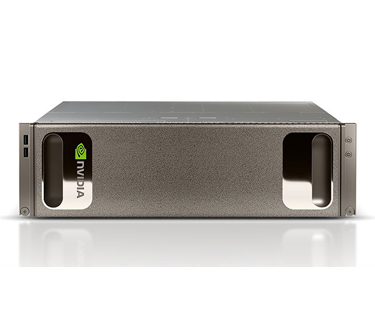Today Microway the deployment of an NVIDIA DGX-1 supercomputer and Microway NumberSmasher Tesla GPU Server to deep-learning leader Vyasa Analytics. The new hardware enables Vyasa Analytics’ next phase of growth.
The NVIDIA DGX-1 Deep Learning Appliance delivers the fastest performance available when training neural networks and running production-scale classification workloads. The system leverages the power of eight built-in NVIDIA Tesla V100 GPUs with NVIDIA NVLink Technology and Tensor Cores to boost the speed of deep learning training. NVIDIA DGX-1 performs 140X faster deep learning training when compared to a CPU-only server.
These systems have enabled us to branch out into a number of R&D areas that were really critical for us to be able to innovate and build out new types of deep learning approaches,” says Dr. Christopher Bouton, founder and CEO of Vyasa Analytics. “As a company working in the deep learning space, we see Microway and NVIDIA® as key partners in our ability to build innovative novel deep learning algorithms for a wide range of content types.”
The system includes NVIDIA’s Deep Learning software stack and NGC containers. Immediately after installation, the system was ready to train models and scale Vyasa’s software. The easy-to-use DIGITS deep learning training system and interface available on DGX-1™ helps users manage training data, monitor performance, and design, compare, and select networks.
Microway’s NumberSmasher Tesla GPU Servers integrate 1–10 NVIDIA Tesla V100 GPUs with flexible GPU density. These servers are fully configurable for any customized workload. The Vyasa Analytics deployment utilized this configurability to deploy early R&D environments and test new concepts—scaled up onto the DGX-1 when ready.
Vyasa Analytics provides a deep learning analytics platform for leading organizations in the life sciences, healthcare, business intelligence, and legal verticals. Vyasa’s highly-scalable deep learning software, Cortex, operating on NVIDIA GPUs and Microway server hardware, applies deep learning-based analytics to enterprise data of a variety of types: text, image, chemical structure, and more. Use cases include analyzing multiple large-scale text sources and streams that include millions of documents in order to discover patterns, relationships, and trends for patent analysis, competitive intelligence or drug repurposing.





